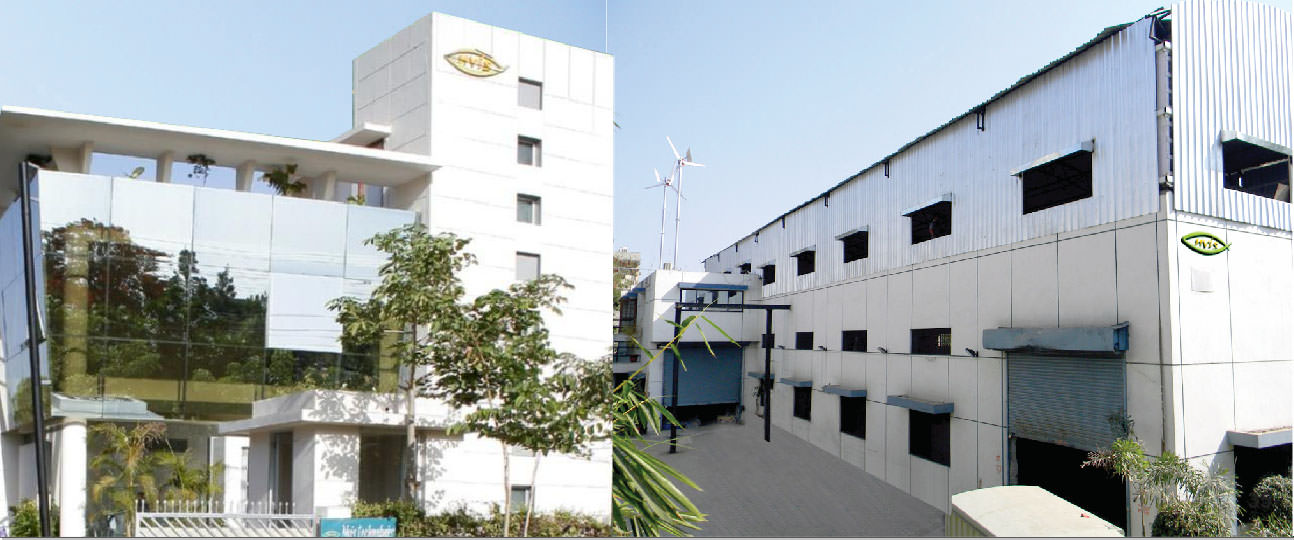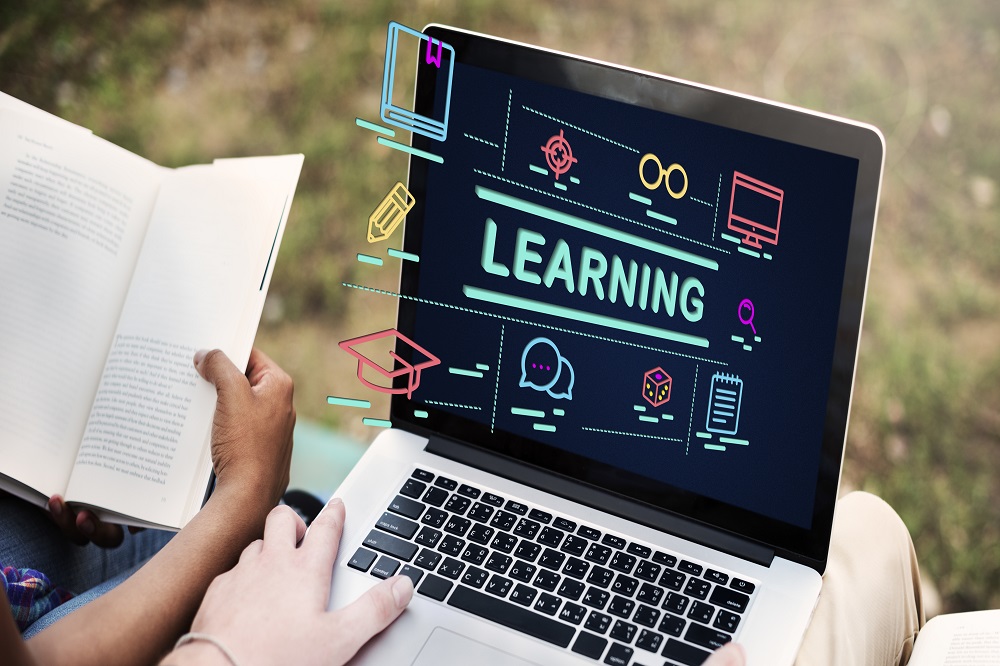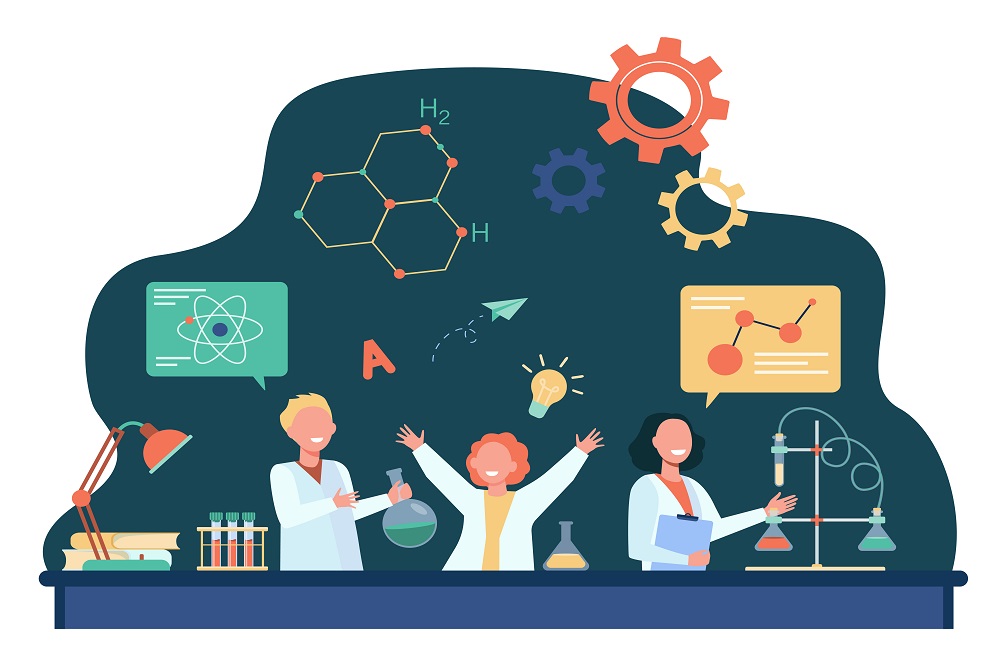The National Education Policy (NEP) has ushered in a pivotal shift in how we view education—away from rote learning and towards applied, holistic, and future-ready learning. Among its boldest mandates is the integration of skill-based subjects in CBSE schools, right from the middle school.
This policy decision could soon become a turning point in the evolution of schools in India! As CBSE pushes for concrete compliance, schools find themselves racing against time—to choose the right skill subjects, to prepare the right infrastructure, and to deliver outcomes that matter.
The question is no longer if you should introduce skill subjects. It’s how soon and how well.
Why skill subjects can no longer wait
Skill subjects are not just electives or value-adds, they could anchor a future-ready curriculum. They promote 21st-century competencies like critical thinking, problem-solving, communication, and collaboration. But most importantly, they map directly to emerging career pathways.
With industries becoming skill-driven and digital creating new jobs every year, students need exposure, not just theoretical information. By introducing skill subjects early, schools give students a head start in aligning education with employability.
Understanding the CBSE landscape: What’s on the table?
CBSE currently offers 18 skill subjects at the Secondary level and 38 skill subjects at the Senior Secondary level, ranging from IT and Artificial Intelligence to Beauty & Wellness, Financial Literacy, Marketing, Data Science, and Electronics & Hardware.
For school leaders, the decision-making process can feel overwhelming:
- Which subject fits our context?
- What’s feasible to implement?
- Will we find the right faculty?
- What infrastructure is needed?
- What are students truly interested in?
This is where a structured, consultative approach becomes vital.
How to strategically introduce skill subjects in CBSE classrooms
Introducing skill subjects in your curriculum is not merely a policy compliance exercise—it’s a strategic investment in your institution’s future relevance. Here’s a leadership-aligned framework to approach this transformation deliberately and sustainably:
1. Start with institutional readiness
Before shortlisting subjects, few critical points can be considered:
- Does your current infrastructure support technical or hands-on learning?
- Are your labs adaptable or upgradeable?
- More importantly, do you have—or can you source—faculty who are not just qualified, but industry-aligned?
This self-audit forms the foundation for responsible subject selection.
2. Align with emerging career pathways
Skill education should anticipate trends by closely following the industry and job markets.
Look at where industries are headed: AI, Automation, Electronics, Robotics, Data Handling, Renewable Energy. Choose subjects that connect learners to the jobs of tomorrow, not yesterday.
For instance, introducing Artificial Intelligence, Electronics & Hardware, or IT at the school level opens early exposure to fast-growing sectors, preparing students to be not just eligible—but employable.
3. Prioritize student interest and engagement
Besides, policy and infrastructure, true success of introducing skill courses depends on the students’ interest and how it aligns with their career dreams.
Hence, it’s meaningful to engage learners early—through surveys, orientation sessions, career talks, or introductory modules. Let them explore. Their curiosity will often reveal which skills resonate most deeply.
It’s often observed, subjects selected by choice, not by force, will yield the most meaningful outcomes.
4. Plan for a phased, adaptive rollout
There’s no one-size-fits-all formula. Start small—perhaps with one subject across a couple of grades. Measure response, assess outcomes, and adjust accordingly.
Think of it as a journey to be mapped. A staggered rollout allows for curriculum refinement, staff training, and infrastructure upgrades—without overwhelming your ecosystem.
How schools can de-risk the transition
Many schools face barriers like lack of awareness, hesitation about technical subjects, or perceived cost of implementation. The truth is, with the right guidance and ecosystem partnerships, skill education can be made accessible, scalable, and impactful.
This is where solution providers like Nvis Technologies bring real value as partners in readiness. From advisory support in subject selection to setting up modular labs and faculty training, Nvis helps schools navigate the change with years of industry expertise.
Partnering for implementation: The role of ecosystem enablers
For many schools, one of the greatest barriers in implementing skill subject isn’t the intent—it’s execution. How do you translate strategic vision into hands-on implementation? This is where partners like Nvis Technologies become critical collaborators.
With two decades of expertise in education technology and skill development infrastructure, Nvis supports CBSE schools in bridging the readiness gap—offering
advisory support for subject selection, customized lab setups, and faculty enablement programs. Their role is not just as a provider, but as a strategic partner helping schools unlock the full potential of NEP’s vision—practically, sustainably, and affordably.
Going beyond compliance: Building a skill-forward culture
Introducing a skill subject is about fostering a mindset shift—from textbook learning to hands-on exploration. Schools that lead in this space don’t just implement—they inspire.
Creating a “skill-forward culture” involves:
- Embedding project-based learning
- Partnering with local industries or start-ups for exposure
- Hosting skill exhibitions and competitions
- Encouraging student-led initiatives or entrepreneurship clubs
The question before school leaders today isn’t whether to adapt, effectively implement and achieve the desired outcomes.
Those who move early and strategically will do more than meet compliance—they will redefine the learning experience, close the gap between education and employability, and equip students with skills that are relevant for the future.
With trusted partners, a phased roadmap, and a clear vision, this transition can become a launchpad for academic excellence, innovation, and long-term impact.
Start the conversation with us
At Nvis, we believe that meaningful change begins with dialogue. If you’re a school leader, educator, or curriculum planner exploring the integration of skill subjects—we invite you to share your thoughts, questions, or specific requirements with us. Whether you’re seeking clarity, exploring options, or ready to take the next step, our team is here to support you.
Let’s shape future-ready learning together. Connect with us today.









